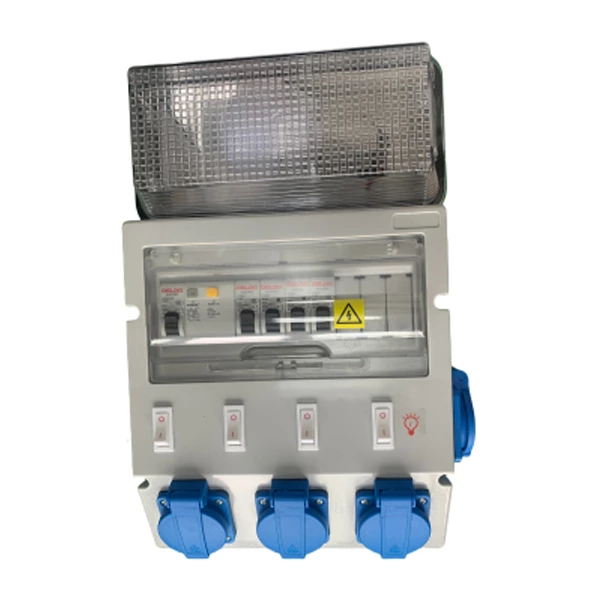Surge Protective Devices (spds) In Lighting Electrical Ready Boards: Dealing With Frequent Voltage Fluctuations In The South African Power Grid
The South African power grid often experiences frequent voltage fluctuations due to aging infrastructure and insufficient power generation and transmission capacity, posing a serious threat to various electrical equipment. As the core node of the building electrical system, the surge protector (SPD) installed inside the lighting electrical ready board becomes a key defense line against voltage surges.
The voltage fluctuations in the South African power grid are mainly caused by two aspects: firstly, frequent thunderstorm weather, where the surge energy generated by direct lightning strikes or induction can reach tens of kilojoules, and the peak voltage exceeds the equipment's tolerance value by tens of times; The second is internal operations within the power grid, such as starting and stopping high-power equipment, switching transformers, etc. Although the energy is lower than lightning surges, high-frequency occurrences can accelerate equipment insulation aging. If these fluctuations are not effectively suppressed, they can lead to flickering and shortened lifespan of lighting fixtures, and in severe cases, cause fires or equipment damage.
SPD achieves protection through the "one limit, one discharge" mechanism: when the voltage exceeds the threshold, the impedance of its internal nonlinear components such as varistors and gas discharge tubes drops sharply, forming a low resistance path that guides surge current into the ground and clamps the line voltage within the safe value of the equipment. For example, a first level SPD can discharge lightning currents of over 40kA and limit the voltage to below 1.5kV; The second and third level SPDs gradually attenuate the remaining energy to ensure that the end devices are not damaged.
Based on the characteristics of the South African power grid, SPD selection must meet three criteria: firstly, matching the current carrying capacity, and selecting a first level SPD with Imax ≥ 40kA in areas with frequent lightning strikes; The second is the adaptation of voltage protection level (Up). For 220V systems, models with Up ≤ 1.5kV should be selected; Thirdly, the response time is extremely short, with nanosecond level response capable of intercepting microsecond level surges. In addition, SPD needs to be closely coordinated with the grounding system of the lighting electrical ready board, with a grounding resistance of ≤ 4 Ω to ensure rapid discharge of lightning current.
Through graded protection and precise selection, SPD can significantly reduce the damage of South African power grid fluctuations to lighting systems, extend equipment service life, and ensure building electrical safety.





